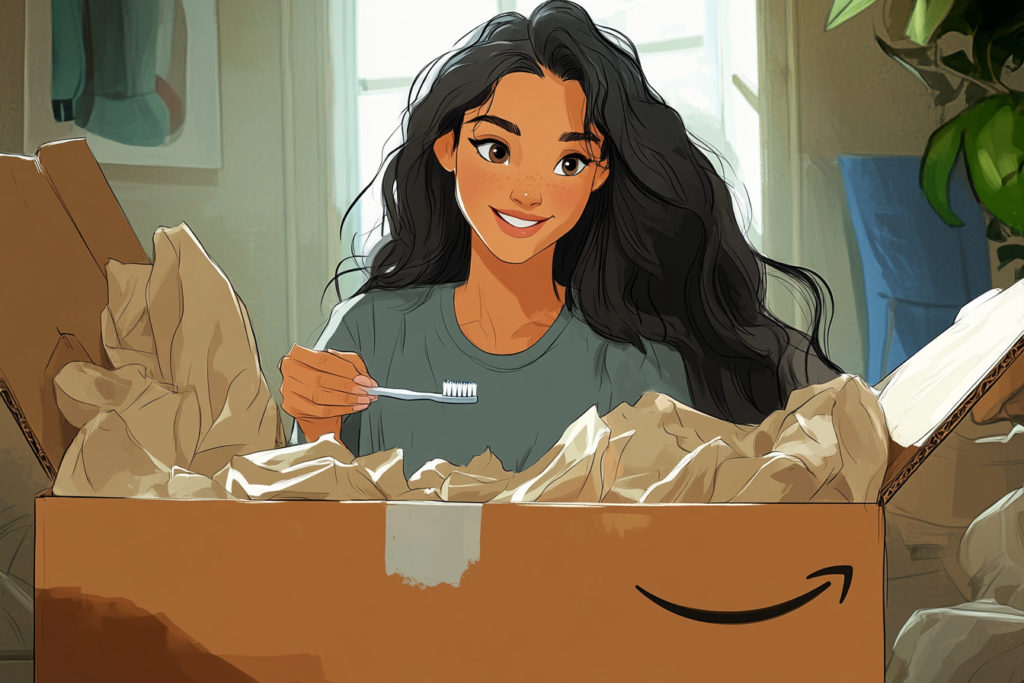
I play this fun game every time a delivery arrives: Guess what’s inside based on the box size.
I’m terrible at it.
Last week, a watch band arrived in a box that could have held a pair of boots. And, a pair of boots showed up in a box the size of three sofa seat cushions.
This is bigger than my own entertainment value. It’s a perfect example of how automation can create absurd outcomes at scale.
Amazon‘s warehouse robots don’t care about space-saving packaging the way you or I might. They are programmed for speed and product protection, not material or space efficiency.
They grab whatever box size their algorithm suggests will hold the goods and prevent damage, then stuff in as much crumpled paper as necessary to fill the space and keep the line moving.
The result? A ring might ship in a shoebox-sized carton. Shoes might ship in a microwave-oven-sized box. A microwave oven in a box big enough for a dishwasher. A dishwasher …
This is what happens when you optimize for a single metric (speed) without considering the ripple effects:
- Excessive packaging waste
- Increased shipping costs
- Frustrated customers
- Environmental impact
- Storage inefficiency
Know why this keeps happening?
WE keep accepting it. The convenience of two-day delivery trumps our annoyance at packaging chaos.
And there’s another layer to this packaging puzzle. During and after the pandemic, many of my clients couldn’t even get cardboard boxes for their products.
Because Amazon had essentially claimed priority access to the corrugated cardboard supply chain.
Think on that power dynamic: While small businesses waited weeks for basic shipping supplies, Amazon was using oversized boxes with wild abandon. Their massive buying power meant they could afford to be inefficient as hell while others struggled to ship at all. It felt terribly unfair, because it was.
This is what happens when one player becomes too dominant in a market. They impact everyone else’s ability to operate. (And, as I keep saying, they don’t care a whit.)
Action for today: Check out your own automation decisions. What unintended consequences are you setting in action by optimizing for just one metric? The “efficient” solution can create more problems than it solves.
Laurier
Product Payoff: Turns out IKEA spent years studying and mastering a similar problem. Their famous flat-pack system created a completely new relationship between products and packaging. Today IKEA’s average box size is 40% smaller than competitors’ furniture shipping.
